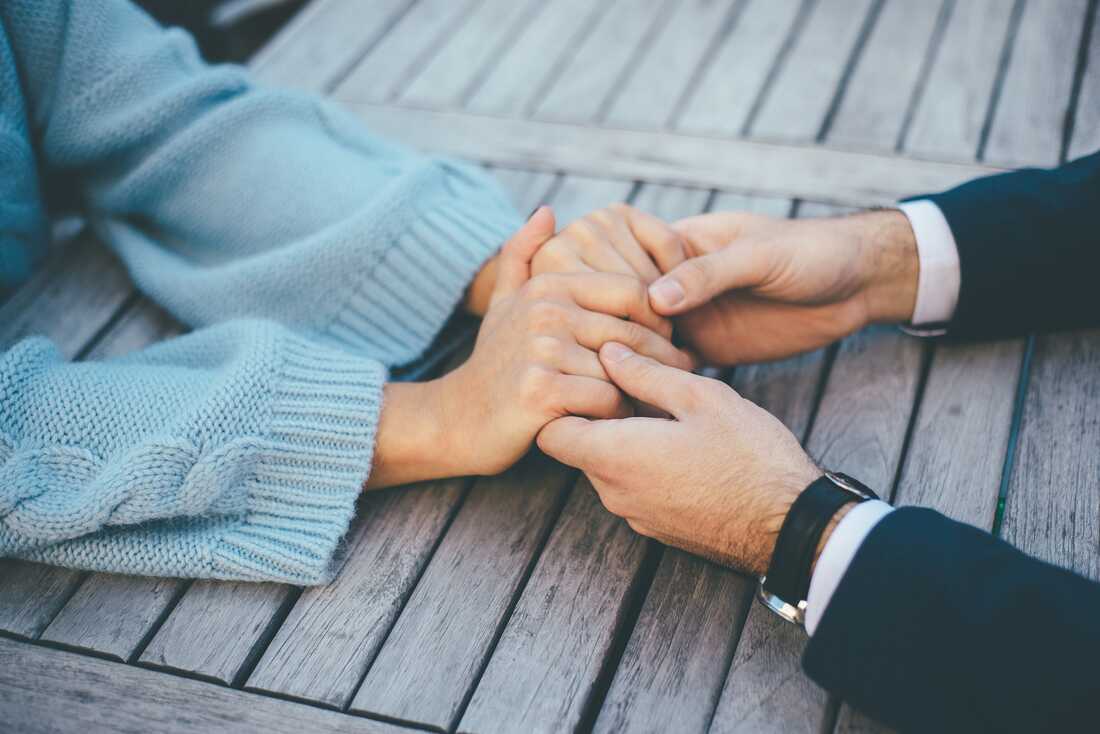Hello friends!
You will definitely want to get to know Archangel Zadkiel. I haven’t spoken or written much about this Archangel, whose name means Righteousness of God, but it is time to rectify that.
Like the other Archangels, Angel Zadkiel specializes in an area or areas of expertise specifically to help humans. As such, he is the master of forgiveness and memory.
Have you heard the experts say we need to forgive others for their transgressions against us, for our own good? Apparently, no matter what minor or major things others may have done to wrong us, no matter who they are, or why they did whatever they did, we need to forgive them - truly forgive them - within our own hearts and minds.
Why? So we can stop holding on to all that negative anger and resentment. So we can release the heavy burden, finally healing within, and moving on with our lives, with our precious peace restored. Otherwise, that negativity and indignation cause constant stress within us that can make us bitter and lead to illness. It’s like a sore that scabs over, but then painfully cracks open, again and again, with no hope of repair or restoration.
Okay, forgiving others for our own good makes sense. But it’s easier said than done. When we’re itching for their punishment…for karma to wreak havoc on them, how do we suddenly turn the other cheek and truly forgive them? For most of us, it’s darn near impossible to achieve that goal.
That’s where Archangel Zadkiel comes in. He is the Angel of Forgiveness. He is just waiting for us to ask his assistance in forgiving others, as well as forgiving ourselves. Yes, he even helps us forgive ourselves for things we’ve done in the past, which can be harder on us, and do more inner damage, than we can imagine.
He helps us to better understand those kinds of painful experiences in a more logical manner, instead of strictly from an emotional, ego-driven point of view. And that improves our spiritual maturity and empowers and strengthens our ability to forgive, even if we never forget.
Images of Archangel Zadkiel often show him wielding his violet flame, which is a sacred fire as well as a powerful force for true enlightenment, healing, and forgiveness.
You will definitely want to get to know Archangel Zadkiel. I haven’t spoken or written much about this Archangel, whose name means Righteousness of God, but it is time to rectify that.
Like the other Archangels, Angel Zadkiel specializes in an area or areas of expertise specifically to help humans. As such, he is the master of forgiveness and memory.
Have you heard the experts say we need to forgive others for their transgressions against us, for our own good? Apparently, no matter what minor or major things others may have done to wrong us, no matter who they are, or why they did whatever they did, we need to forgive them - truly forgive them - within our own hearts and minds.
Why? So we can stop holding on to all that negative anger and resentment. So we can release the heavy burden, finally healing within, and moving on with our lives, with our precious peace restored. Otherwise, that negativity and indignation cause constant stress within us that can make us bitter and lead to illness. It’s like a sore that scabs over, but then painfully cracks open, again and again, with no hope of repair or restoration.
Okay, forgiving others for our own good makes sense. But it’s easier said than done. When we’re itching for their punishment…for karma to wreak havoc on them, how do we suddenly turn the other cheek and truly forgive them? For most of us, it’s darn near impossible to achieve that goal.
That’s where Archangel Zadkiel comes in. He is the Angel of Forgiveness. He is just waiting for us to ask his assistance in forgiving others, as well as forgiving ourselves. Yes, he even helps us forgive ourselves for things we’ve done in the past, which can be harder on us, and do more inner damage, than we can imagine.
He helps us to better understand those kinds of painful experiences in a more logical manner, instead of strictly from an emotional, ego-driven point of view. And that improves our spiritual maturity and empowers and strengthens our ability to forgive, even if we never forget.
Images of Archangel Zadkiel often show him wielding his violet flame, which is a sacred fire as well as a powerful force for true enlightenment, healing, and forgiveness.
And, as the Angel of Memory, Archangel Zadkiel helps us by improving our ability to recall facts, figures, and all kinds of information when we’re studying for tests, memorizing for upcoming presentations, or simply trying to remember where we left the car keys.
And when we become older and worry about dementia if we can’t think of the right word, or remember someone’s name we just met, or can’t remember why we just walked into the kitchen, Archangel Zadkiel can help calm our fears while giving us a nice infusion of memory - boosting energies.
Sometimes we carry painful memories around with us for many years. Those memories can actually make us sick. They interfere with our sense of peace and joy and hurt our chances to live our best lives.
Again, Archangel Zadkiel will use his violet flame to give us a new, healthy perspective on those bad memories and help us find acceptance for our own well-deserved and overdue healing.
Our Divine Best Friends, the Archangels, always have our backs!
If you would like more information about them, including how to invite them into your life, you’ll want to read my book, “How To Chat With Archangels.”
Angel Love and Light,
Debra
And when we become older and worry about dementia if we can’t think of the right word, or remember someone’s name we just met, or can’t remember why we just walked into the kitchen, Archangel Zadkiel can help calm our fears while giving us a nice infusion of memory - boosting energies.
Sometimes we carry painful memories around with us for many years. Those memories can actually make us sick. They interfere with our sense of peace and joy and hurt our chances to live our best lives.
Again, Archangel Zadkiel will use his violet flame to give us a new, healthy perspective on those bad memories and help us find acceptance for our own well-deserved and overdue healing.
Our Divine Best Friends, the Archangels, always have our backs!
If you would like more information about them, including how to invite them into your life, you’ll want to read my book, “How To Chat With Archangels.”
Angel Love and Light,
Debra





